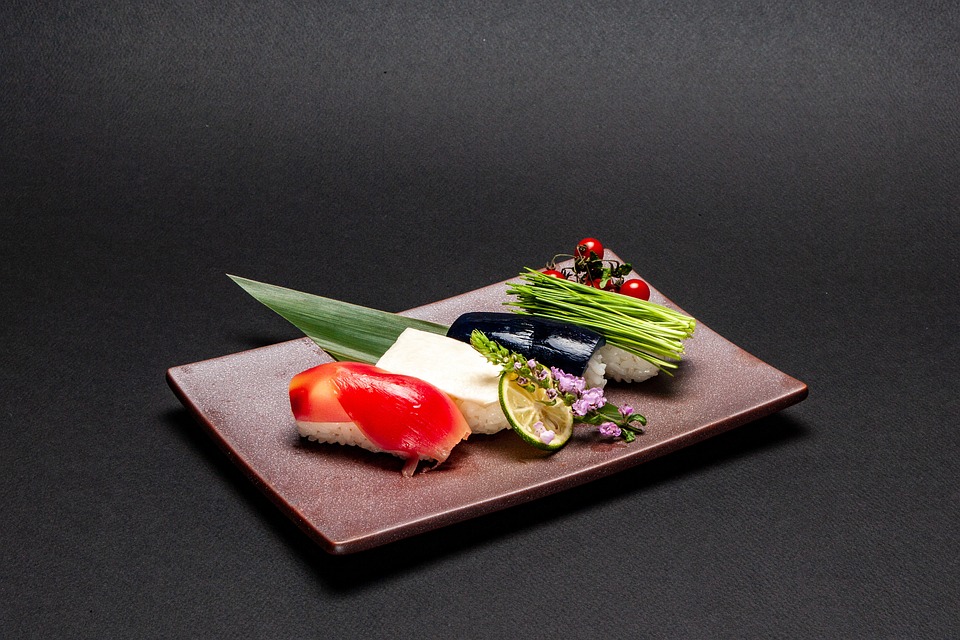[ad_1]
Japan is well-known for its rich culinary traditions, and one of the most important aspects of Japanese cuisine is the use of fermented foods. Fermentation has been an integral part of Japanese food culture for centuries, and it has played a crucial role in shaping the unique flavors and textures of Japanese cuisine. In this article, we will explore the history and culture of Japanese fermented foods, and how they have become an essential part of the Japanese diet.
History of Japanese Fermented Foods
The tradition of fermenting foods in Japan dates back to ancient times, with the earliest records of fermented foods dating back to the Yayoi period (300 BC – 300 AD). During this time, the Japanese people learned the art of fermenting vegetables, fish, and grains to preserve them for long periods of time. This allowed them to store food for the winter months and times of scarcity, and also provided them with a source of vital nutrients.
As Japanese society evolved, so did the techniques and methods of fermentation. The introduction of Buddhism in the 6th century brought new fermentation practices from China and Korea, including the use of soybeans to produce soy sauce and miso. These new techniques revolutionized Japanese cuisine and laid the foundation for many of the fermented foods that are still popular in Japan today.
Types of Japanese Fermented Foods
Japanese cuisine is renowned for its diverse range of fermented foods, each with its own unique flavor and texture. Some of the most popular fermented foods in Japan include:
- Miso: A thick, salty paste made from fermented soybeans, salt, and koji (a type of fungus). Miso is commonly used in soups, marinades, and sauces, and is a staple ingredient in Japanese cooking.
- Soy Sauce: A dark, salty condiment made from fermented soybeans, wheat, salt, and koji. Soy sauce is used as a seasoning in a wide variety of Japanese dishes.
- Natto: Fermented soybeans with a sticky texture and strong flavor. Natto is often eaten with rice for breakfast and is known for its health benefits.
- Shio-koji: A seasoning made from fermented rice, salt, and koji. Shio-koji is used to marinate meats and vegetables, and is also used as a pickling agent.
- Shoyu-koji: A mixture of soy sauce and shio-koji, used as a marinade for meats and fish.
- Amazake: A sweet, low-alcohol rice drink made from fermented rice. Amazake is often consumed as a dessert or used as a sweetener in cooking.
The Role of Fermented Foods in Japanese Culture
Fermented foods have always held a special place in Japanese culture, both as a source of nutrition and as a symbol of tradition. In Japan, many traditional festivals and celebrations are centered around the preparation and consumption of fermented foods. For example, the making of miso is often a community event, where families and neighbors come together to prepare large batches of miso to be shared among the community.
Additionally, fermented foods are also an important part of Japanese religious and spiritual practices. For example, sake, a traditional Japanese rice wine, is made through the process of fermentation and has been used in Shinto rituals for centuries. It is also an essential part of the traditional Japanese tea ceremony, where it is served as a sacred offering to guests.
Conclusion
The history and culture of Japanese fermented foods are deeply intertwined with the culinary traditions and customs of Japan. From the ancient art of preserving food to the modern practices of creating unique flavors, fermented foods have become an integral part of Japanese cuisine. They not only provide essential nutrients and flavors but also serve as a symbol of community, tradition, and spirituality in Japanese culture.
Frequently Asked Questions
What are the health benefits of Japanese fermented foods?
Japanese fermented foods are rich in probiotics, which are beneficial for gut health. They also contain essential vitamins and minerals, and are known for their immune-boosting properties.
Are Japanese fermented foods vegetarian or vegan?
Many Japanese fermented foods, such as miso and soy sauce, are suitable for vegetarians and vegans. However, it is important to check the ingredients and production methods to ensure that they align with dietary preferences.
How long do Japanese fermented foods last?
When stored properly, Japanese fermented foods can last for several months to several years. For example, miso has a long shelf life and can be stored in a cool, dark place for an extended period of time.
How can I incorporate Japanese fermented foods into my diet?
Japanese fermented foods can be used in a wide variety of dishes, such as soups, marinades, dressings, and pickles. They can also be enjoyed on their own as condiments or flavorings.
Are there any risks associated with consuming Japanese fermented foods?
While fermented foods are generally safe to consume, individuals with certain food sensitivities or allergies should exercise caution. It is also important to consume fermented foods in moderation, as excessive consumption may lead to digestive discomfort.
[ad_2]




Comments